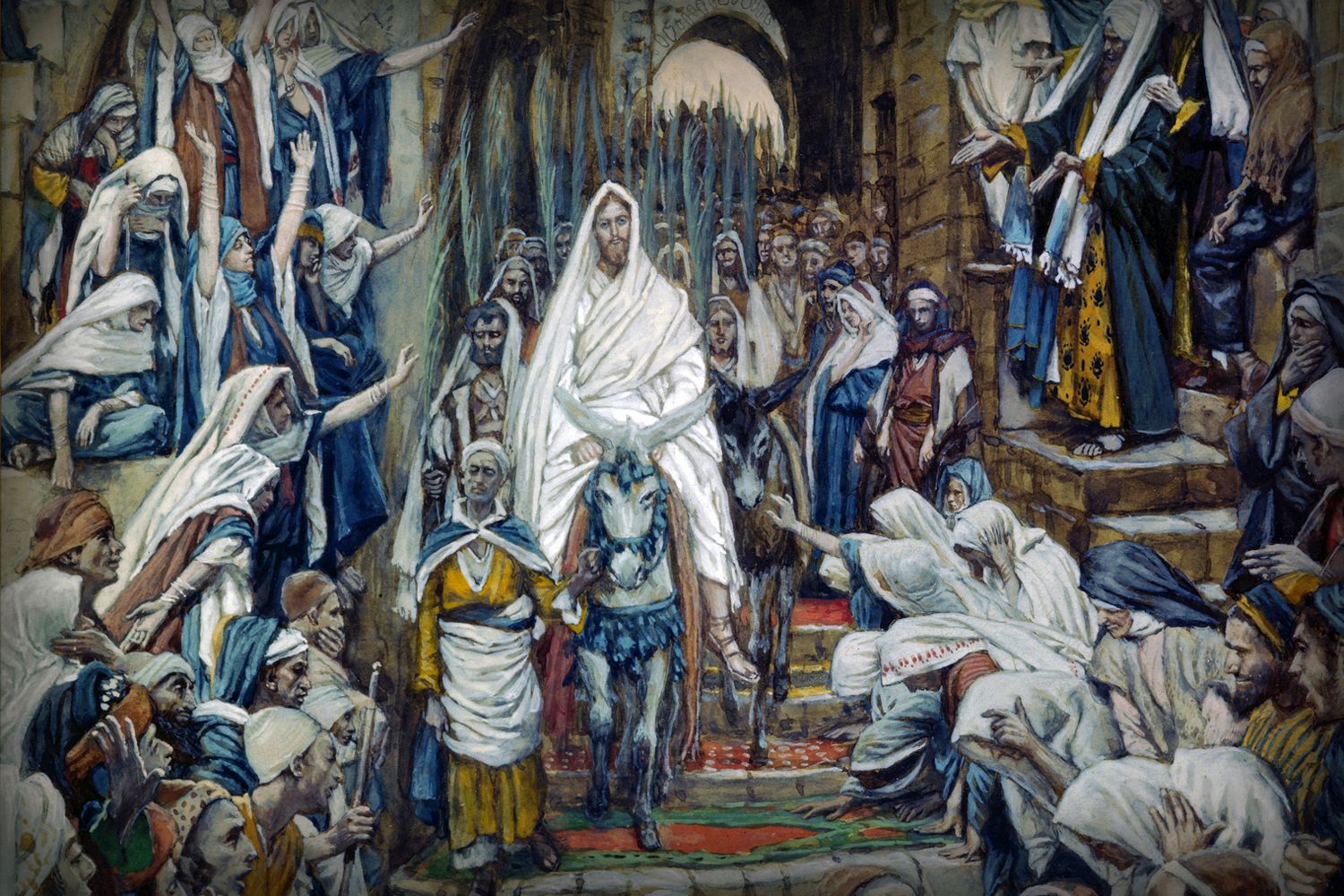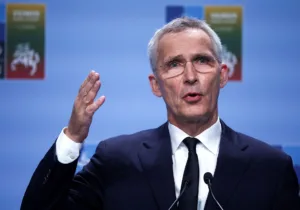In October 1648, respective multilateral treaties concluded at Münster and Osnabrück, Holy Roman Empire, opened with the invocation for a “Christian and universal peace” (pax sit christiana, universalis) to be achieved through “oblivion and amnesty” (oblivion et amnistia) of all the causes and acts of war (arts. 1-2). This so-called Peace of Westphalia is almost universally recognized by scholars of international relations as the inaugural moment of their object of study, marking at once the final relinquishment of the Catholic Church of any claim to world domination and the initial appearance of the nation-state as the sovereign unit of human affairs. What remains deeply misunderstood, however, is the overwhelming extent to which the state within international politics emerged out of the Wars of Religion as the primary instrument by which the newly-Protestant commonwealths might secure their interwoven theological freedom and civil independence.
The horrific Thirty Years War (1618–48) in Europe witnessed a Catholic empire fighting Lutheran states, Catholic states fighting Lutheran states, interventions by France, Denmark, and Sweden, and anti-colonial movements among the assorted Dutch and Swiss commonwealths, with religion the primary strategic concern. Just as preserving the balance of power would reign at the Congress of Vienna, freedom of the seas and self-determination at Versailles, or human rights at Nuremberg, securing civil peace amid ineradicable religious division furnished the central question of the Westphalian deliberations, an emphasis first reflected in the official terms of the armistice. The Lutheran princes are secured within the imperial Diet, the free cities granted theological autonomy, priests permitted to alter their confession without loss of honor, and religious minorities “shall in consequence of the said peace be patiently suffered and tolerated, without any hindrance or impediment to attend their devotions in their houses and in private, with all liberty of conscience” (Osnabrück). An at once territorial and juridical space was therefore created whereby the Lutheran reformation could enjoy an acknowledged existence on terms of formal equality with Roman Catholicism. The flags of all five Nordic countries are a Christian cross, and the Lutheran religion remains constitutionally established or legally privileged in each of these nations as well. With comparable guarantees for the Dutch and Swiss domains, the state therefore emerged in Northern Europe in the latter half of the seventeenth century as a physical and institutional space for the followers of the Lutheran faith.
Across the channel, one finds the Protestant religion central to the modern definition of the British state as well, a Reformation that ran much deeper and endured much longer than the infamous divorce of Henry VIII routinely taught in schools. Richard Hooker’s Laws of Ecclesiastical Polity (1593) gave juridical substance to the Elizabethan settlement of an episcopal church beneath monarchical governance, and the British public came to regard “popery” or “papism” as a totalitarian ideology mortally dangerous to free birth and free soil. The subsequent injection of Reformed or Calvinist theology into the British Parliament, however, threatened to transform the reformation into revolution. Civil war unfolded in which higher church royalists attempted to quell a nationwide insurgency by Puritan or Presbyterian insurgents, who succeeded in beheading the king, abolishing the House of Lords, dismantling the bishops and the sacraments, and setting forth the purest definition of English-language Calvinism in their Westminster Confession of 1647, which holds, “God from all eternity did, by his most wise and holy counsel of his own will, freely and unchangeably ordain whatsoever comes to pass” (III.i), a belief that gave to the Puritans an indestructible sense of common purpose. Yet Calvinist dictatorship proved too far afield of British public opinion, and with the Restoration of Charles II in 1660, the monarcho-episcopal constitution was reinstated with the Book of Common Prayer of 1662 becoming the official exposition of the church, which it remains. Numerous legal instruments of the Restoration and Williamite eras reiterate Britain as a Protestant monarchy excluding papists, culminating in the Union with Scotland Act of 1706. The highest statute of British law, it fuses the Church of England and the kirk of Scotland to create Great Britain as a constitutional organism in which neither the civil nor ecclesiastical domains can move against the other, but remain sovereign in their own spheres. No contrary law or ordinance, furthermore, may ever enter into force (xxv), and the act claims to “continue in all times coming” (v). Religious reform is therefore the prevailing narrative in the construction of the British state.
The most influential commentators of the Westphalian era, furthermore, understood the development of the state in Europe primarily through the theological perspective described above. In Politica (1603), Johannes Althusius helped transform the Reformed ideas of Huldreich Zwingli into legal arrangements suitable for the governance of the Swiss Confederation; and in The Rights of War and Peace (1625), Hugo Grotius derived a Christian realism in which the application of political violence need not per se conflict with the moral obligations of the Gospels, and in which nations are bound by the natural law the same as men. In Germany, the numerous works of Samuel Pufendorf tended to emphasize natural law, Lutheran ecclesiology, and dutiful obedience to the prince or princess, while for Englishman Thomas Hobbes, unconditional obedience to a supreme ruler and unqualified opposition to the Catholic Church emerged as moral imperatives. The most fertile interval in the history of Western philosophy was the latter half of the seventeenth century, and its central concern was the relationship between civil and ecclesiastical power.
In contrast to this European obsession with the relationship between church and state, American political thought has always emphasized the relationship between the individual and the state. In his Letter Concerning Toleration (1990 [1689]), English liberal John Locke contends, “the church itself is a thing absolutely separate and distinct from the commonwealth” (32), a highly progressive notion that helped inspire the First Amendment and settle the question on these shores. Although individual colonies were founded in part for theological ends—Puritan Plymouth, Quaker Massachusetts, Catholic Baltimore, Anglican Virginia—their eventual union in 1789 is neutral and disinterested, with the ironic result that America has neutral laws but Christian people, while Europe has neutral people but Christian laws.
In the final analysis, therefore, I concur neither with Marxists that the state emerged as a necessary tool of international capital nor with institutionalists that it was primarily a war-making device. The assertion of American patriots that our constitution in every respect improves upon British or European models likewise does not agree with me. My scholarly view is rather that the nation-state emerged in Western Europe out of the Wars of Religion as a tool of the Protestant movements. To what degree it can develop or endure outside of those movements, or amid their decline or disappearance, are questions for further deliberation.
Mark R. Royce, Ph.D., is a political scientist and international relations scholar, author of The Political Theology of European Integration: Comparing the Influence of Religious Histories on European Policies (Palgrave Macmillan, 2017). A founder of the Alexander Hamilton Society (2010–12), he was awarded (Oct. 10, 2017) an Associate Provost commendation for outstanding undergraduate teaching at George Mason University.
Photo Credit: British flag atop Westminster Abbey, via Wikimedia Commons.






 Sponsor a student for Christianity & National Security 2024
Sponsor a student for Christianity & National Security 2024